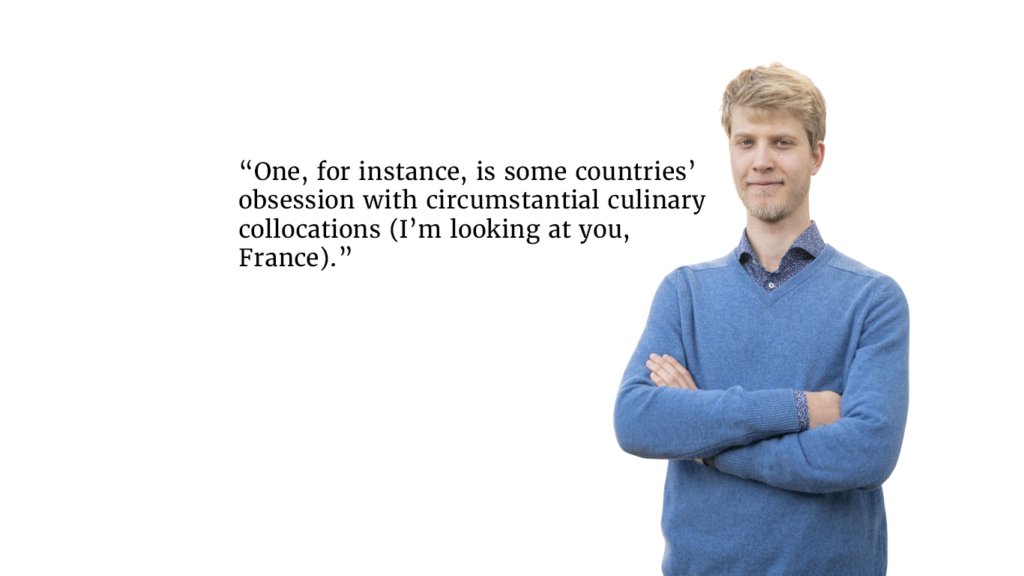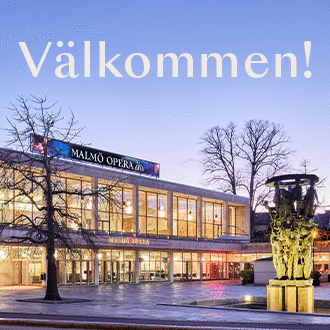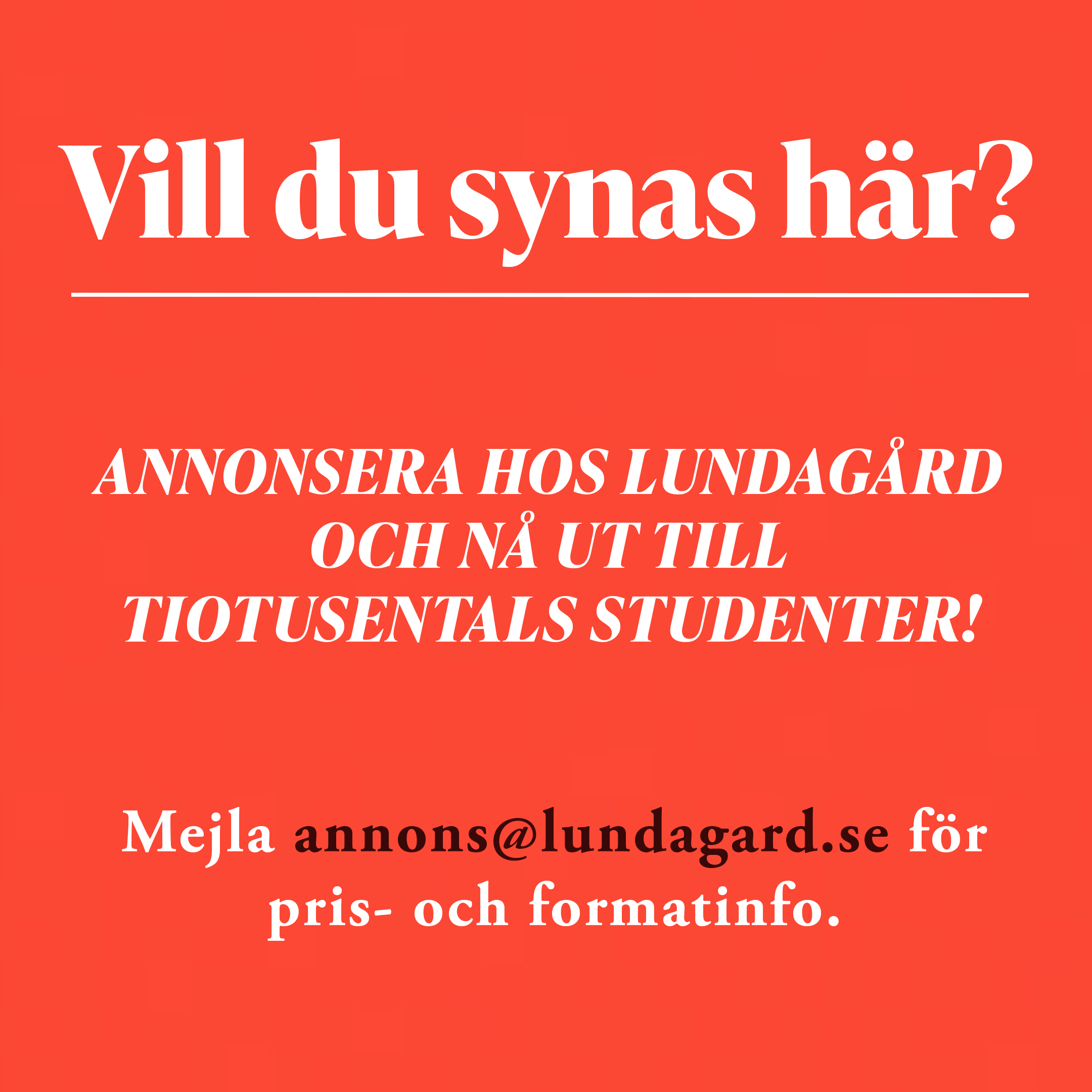From commotion about pastry terminology to various ways of greeting, European countries all have their curious quirks. But that’s a feature, not a bug, says Ondrej Gomola.
Anyone who’s been in a different country will tell you about how different it is there compared to home. “We didn’t understand anything the Danes said” or “the Germans didn’t get our jokes” are examples of stereotypes based in reality. I’ve had the good fortune to live in several European countries, and while Europe can be argued to be very socially homogenous (at least in comparison to other continents) there are some humorous differences between countries. One, for instance, is some countries’ obsession with circumstantial culinary collocations (I’m looking at you, France).
It’s these behavioural curiosities that strike you most in the most mundane of places. For example, I was in a supermarket in Belgium a few months ago, admiring the choice of watery pale winter tomatoes when a fellow avid grocery shopper ran into me with their trolley. My practice of the pomodoro technique was interrupted, it seems. Looking up, there were about five people within two metres of me rushing about their Christmas grocery shopping with determination etched into their faces. Social distancing wasn’t a thing—whereas in Sweden people seemed to have no trouble at all keeping their usual distance between each other and needed no encouragement whatsoever from Anders Tegnell.
Staying in the supermarket experience aisle, in Ireland people would sometimes ask you “how are you?” if you ran into them instead of saying “hi” or “hello”. Keep in mind, to the untrained ear this sounds like “papaya” with an h instead of the p. And so, a new resident in Ireland would then proceed to narrate their yesterweek with a slightly incredulous look on their face, wondering why somebody suddenly cares about their monotonous quotidian existence.
Well, sorry to break it to you, the Irish usually aren’t particularly interested about what you had for breakfast—it’s simply another way for them to greet you.
It was somewhat of a shock to move from Ireland to Belgium where people—women and men alike—would greet you with a kiss, or two, or three, or more. In Sweden, a business-like handshake seems to be the greeting du jour. There’s also the ubiquitous francophone « ça va » which is a universal phrase for everything to “how are you?”, “are you ok?”, “that’s fine”, “I’m fine” and more. Sadly, we don’t have an equivalent in English.
What this shows, then, is that Europe’s a charming place full of variation of culture, habits, discourse and cuisine—even if we do like to pull each other’s legs once in a while.
But this heterogeneity can be a source of unease if you move to a new country with new quirks. How do I greet the locals? Do they say hello to each other on the street? That’s why we can look to the natives and see how they comport themselves. Asking a well-meaning local goes a long way to making yourself feel comfortable and fit in in your new home.










